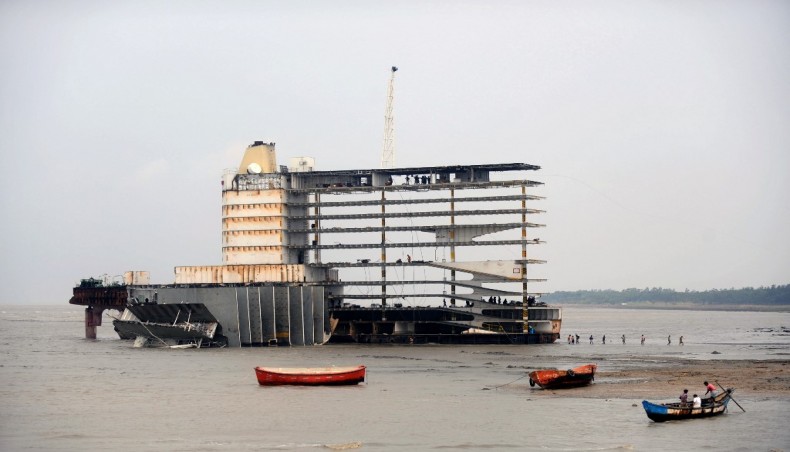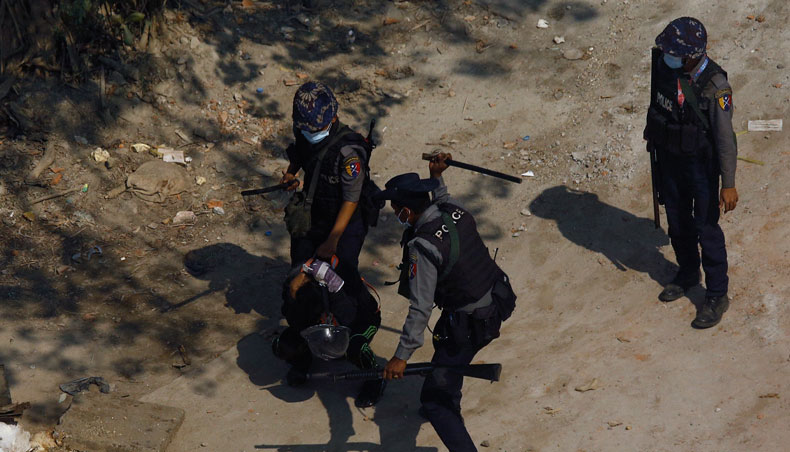Global targets to improve the welfare of people across the planet will have mixed impacts on the world's forests, according to new research.
The United Nations' 17 key areas for global development - known as the Sustainable Development Goals (SDGs) - range from tackling poverty, hunger and sanitation to promoting clean energy, economic growth and reducing inequality.
Many of these goals, such as improved peace and justice, good health and wellbeing, and quality education, will have a positive impact on the Earth's natural forests.
But others, including creating new roads, industry and infrastructure, are likely to have detrimental consequences.
The research, led by the University of Leeds, reviewed a wide range of existing academic papers into the UN's global goals.
The findings, funded by the Natural Environment Research Council and the United Bank of Carbon, are published in the journal Forest Policy and Economics.
Lead author Jamie Carr, of Leeds' School of Earth and Environment, said: "Almost none of the 17 goals are universally good or bad for forests.
"The only exception to this is the goal concerning education, for which all impacts were identified as beneficial. Well-being and social progress are also most commonly associated with beneficial outcomes.
"Overall, targets relating to energy and infrastructure have the potential to be the most damaging to the world's forest ecosystems.
"For example, negative impacts were associated with hard infrastructure including roads, railways, dams, housing and industrial areas.
"In particular, there is good evidence to suggest that roads designed to boost access to markets are especially damaging for forests.
"Other damaging impacts included efforts to combat cocaine-associated crime in Colombia. Despite having some forest benefits, coca crop eradication has been shown to result in cultivators simply moving their activities elsewhere or switching to even more damaging agricultural practices.
"Overall, beneficial impacts are more numerous than damaging ones, but are typically less well understood. This suggests an urgent need for increased research on these so that society and policymakers can take full advantage."
Forest ecosystems also help to mitigate against climate change while offering watershed protection and preventing soil erosion. In addition, about 1.6 billion people live near forests, and hundreds of millions depend on forest products in the form of fuel, food and timber.
The UN goals to create a fairer society for everyone are broken down into 169 more specific targets. These were agreed by the organisation's General Assembly in 2015 and are intended to be achieved by 2030.
The research team led by the University of Leeds included scientists from the University of Oxford, the International Union for Conservation of Nature, the United Nations Environment Programme World Conservation Monitoring Centre, and the International Institute for Environment and Development.
They reviewed 466 academic papers on the UN targets, collecting 963 examples of impacts.
They found that 63 of the 169 targets were likely to have effects on forests that were either damaging or beneficial, or in some cases, both.
Of the identified impacts, 29 were potentially beneficial, 15 damaging and 19 had mixed impacts.
Identifying and understanding these effects will help Governments to avoid negative impacts, while capitalising on the positive ones.
Lead supervisors of the research were Professor Dominick Spracklen and Dr Susannah Sallu, of Leeds' School of Earth and Environment.
Dr Sallu said: "Institutions working to help achieve the UN goals need to be aware that their actions can have negative implications for forests and the environmental services these forests provide.
"Inter-sectoral coordination between agriculture, energy, health, transport and forest sectors can help ensure future development does not cause unintended consequences.
"Inclusive planning involving a diverse range of society further minimises the potential for negative impacts."
#













